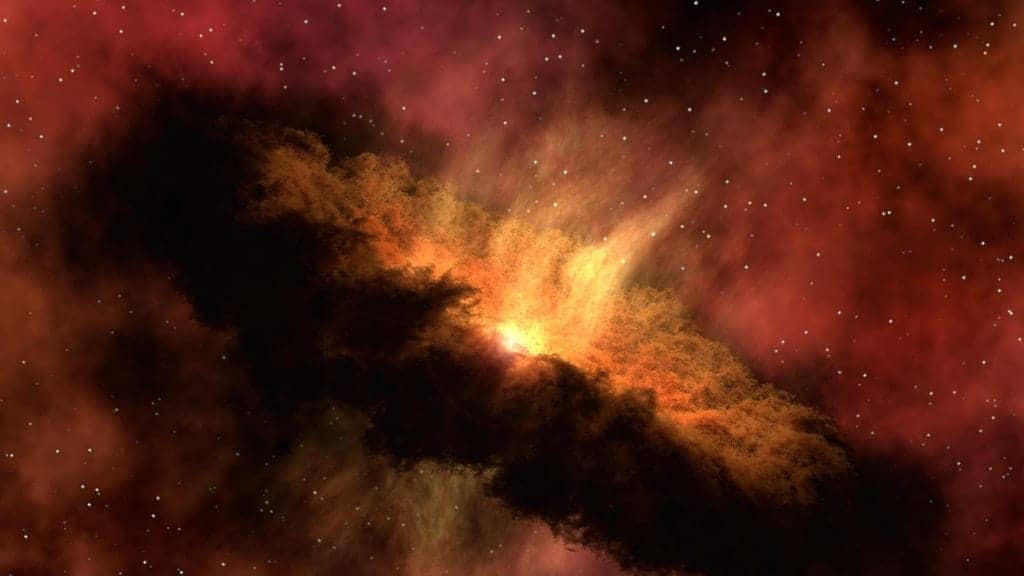Evidence shows there is a 9th planet in the far reaches of our solar system.
“(Planet Nine) has a mass about 10 times that of Earth and orbits about 20 times farther from the sun than Neptune. It would take this new planet between 10,000 and 20,000 years to make just one full orbit around the sun. – California Institute of Technology (Caltech)
Pluto, once deemed the last planet in our solar system, may indeed have a successor. Astronomers at Caltech, the distinguished research institution, have found new evidence of a “giant icy” planet beyond Pluto’s orbit.
In traditional fashion, brilliant people have come up with a rather bland name: “Planet Nine.”
Anyway…these findings by Caltech astronomers are unique. Here’s why. They haven’t observed the planet, as they have with others in the Solar System. Instead, these folks have inferred its existence from effects “Planet Nine” has on other objects like dwarf planets. Dubbed “a massive perturber,” Planet Nine is supposedly having a powerful impact on the natural movement of these objects.
The discovery
Caltech’s discoveries about this planet have generated immense interest, so much attention that telescopes on at least two different continents are searching for it. If Planet Nine exists, it’d be the first planet discovered since Pluto over 85 years ago.
As Mike Brown, one of the researchers put it:
“This would be a real ninth planet. There have only been two true planets discovered since ancient times, and this would be a third. It’s a pretty substantial chunk of our solar system that still out there to be found, which is pretty exciting.”
Perhaps most intriguing about this discovery is the minuscule probability that a planet such as this could even exist. Planet Nine is potentially the gravitational center of six different objects that all follow orbits in the same direction. This find is one of those most enigmatic discoveries scientists made in the study of our Solar system, as Brown says:
“It’s almost like having six hands on a clock all moving at different rates, and when you happen to look up, they’re all in the same place. On top of that, the orbits of the six objects are also all tilted in the same way, pointing about 30 degrees downward in the same direction relative to the planet of the eight known planets. The probability of that happening is about 0.007 percent. So we thought something else must be shaping these orbits.”
Konstantin Batygin, Brown’s research partner, chimed in: “I had never seen anything like this in celestial mechanics.”
Where’s the evidence?
Of course, the addition of a new planet to the Solar System requires empirical evidence – evidence that the research team does not currently have. Because of its distance – 200 times further from the Sun than the Earth – Planet Nine is not observable by most, if not all, modern technologies.
Still, the prospects of Planet Nine are captivating enough to keep astronomers on the lookout. Adding to this excitement, Brown, and Batygin share another characteristic of this potential planet that makes for a possibly ground-breaking discovery – its ability to restructure the entire concept of our Solar System.
Until the duo’s introduction of Planet Nine, terrestrial systems resembling ours have included planets with masses between that of Earth and Neptune. Obviously, the inclusion on Planet Nine would make an extraordinary impact on schools of thought related to planetary mechanics.
Pluto, downgraded to dwarf planet
Needless to say, the potential discovery of a new planet and its implicit effects on the Solar System has stoked the passion and hope of both astronomers and would-be astronomers alike. Indeed, many scientists are hoping to alleviate some of the furor generated by a contentious decision made back in 1992.
Many argue that we already have (or had) nine planets until the Pluto debacle. If anything, “Planet Nine” should be “Planet Ten,” according to some now-bitter scientists.
The astronomy community revered Pluto as a planet. It held mysterious allure and a history that was sharply distinctive from the other eight planets. The physical characteristics of Pluto – slightly smaller than Earth’s moon, marginally wider than the United States – made an intriguing addition to our Solar System.
Oh, and the planet was named by an 11-year old girl (aww).
In a controversial decision that still raises ire from many in the community, the International Astronomical Union (IAU) downgraded Pluto to a dwarf planet. This decision effectively stripped Pluto of its “9th planet” title. This decision became even more criticized when NASA’s New Horizon probe flew past Pluto. That’s because researchers discovered an atmosphere, weather, and dynamic terrain. Each of those attributes is vital to a planet.
How does this tie into the Ninth Planet story?
Well, Mike Brown happens to be the instrumental figure responsible for demoting Pluto of its prior status in the solar system. The pride that Brown takes in his work is evident by his humorous Twitter handle “@plutokiller.”
But Brown has a more personal motivation for his work on Planet Nine:
“My daughter – she’s still kind of mad about Pluto being demoted, even though she was barely born at that time – she suggested a few years ago that she’d forgive me if I found a new planet. So I guess I’ve been working on this for her.”
Okay, all together now: “AWW!”
















